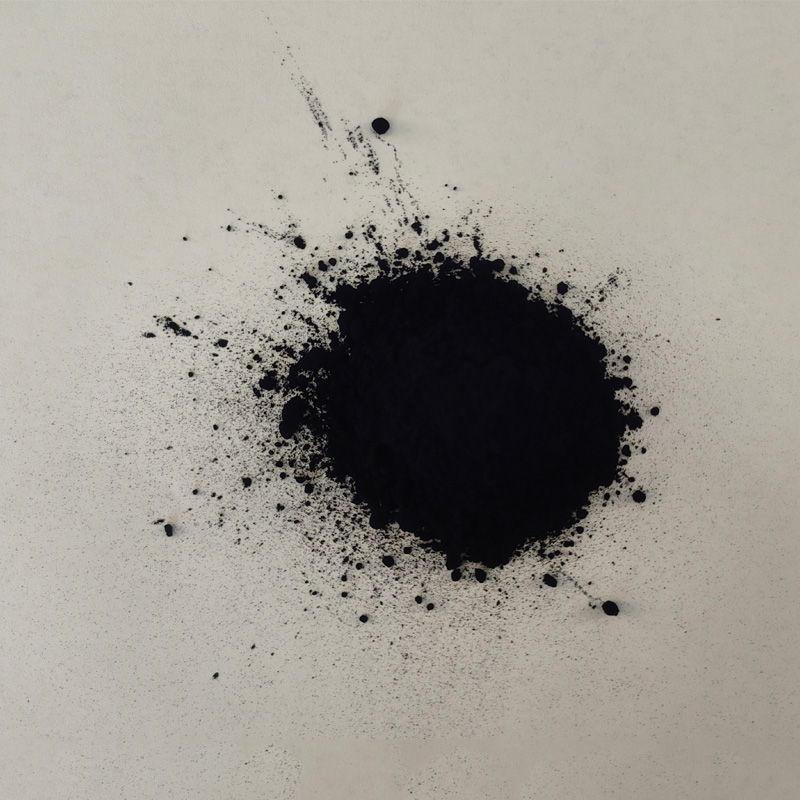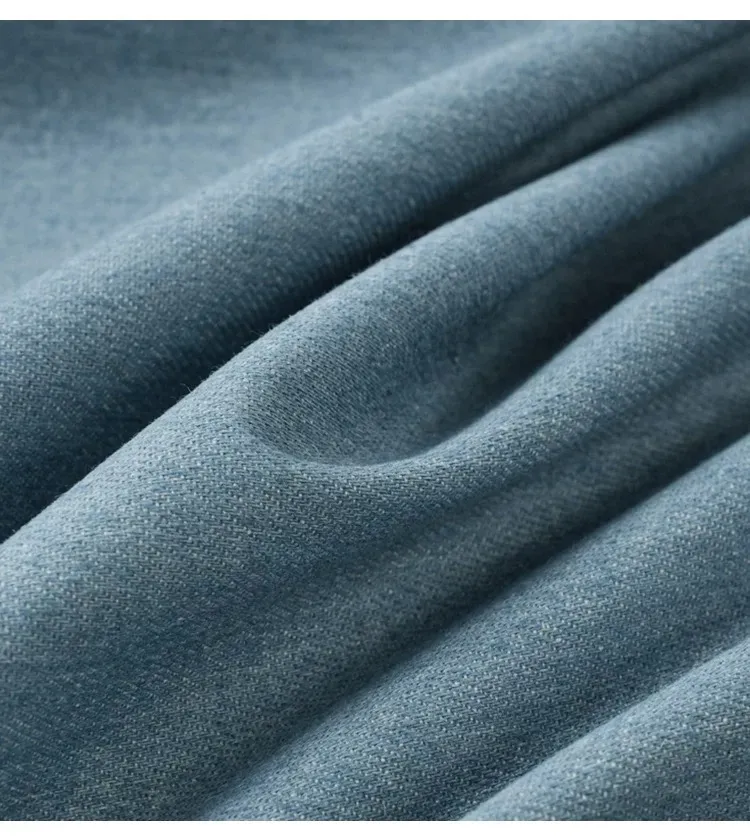
- Afrika
- Albania
- Amharic
- Arabic
- Armenian
- Azerbaijani
- Basque
- Belarusian
- Bengali
- Asụsụ Bosnia
- Bulgarian
- Catalan
- Cebuano
- Corsican
- Asụsụ Croatia
- Czech
- Danish
- Dutch
- Bekee
- Esperanto
- Estonia
- Asụsụ Finnish
- French
- Onye Frisian
- Onye Galisi
- Asụsụ Georgian
- German
- Grik
- Gujarati
- Haitian Creole
- hausa
- Hawaian
- Hibru
- Mba
- Miao
- Asụsụ Hungarian
- Aislandi
- igbo
- Asụsụ Indonesian
- Irish
- Ịtali
- Japanese
- Asụsụ Javanị
- Kannada
- kazakh
- Khmer
- Onye Rwandan
- Korean
- Kurdish
- Kyrgyz
- TB
- Latịn
- Latvia
- Lithuania
- Luxembourgish
- Masedonia
- Malgashi
- Malay
- Malayalam
- Malta
- Maori
- Marathi
- Mongolian
- Myanmar
- Nepali
- Norwegian
- Norwegian
- Occitan
- Pashto
- Asụsụ Persia
- Polish
- Portuguese
- Punjabi
- Romanian
- Russian
- Samoan
- Scottish Gaelic
- Asụsụ Serbian
- Bekee
- Shona
- Sindhi
- Sinhala
- Slovak
- Slovenian
- Somali
- Spanish
- Asụsụ Sudan
- Swahili
- Swedish
- Tagalog
- Tajik
- Tamil
- Tatar
- Telugu
- Thai
- Turkish
- Turkmen
- onye Ukraine
- Urdu
- Uighur
- Uzbek
- Vietnamese
- Welsh
- Enyemaka
- Yiddish
- Yoruba
- Zulu
Natural Indigo Dye: Jeans, Color & Making Process
The timeless appeal of natural indigo dye jeans continues to captivate the fashion industry, offering both aesthetic beauty and sustainable credentials. As demand grows for authentic, eco-conscious textiles, understanding indigo dye color characteristics and the making indigo dye process becomes essential for manufacturers and wholesalers. This guide explores the production, application, and commercial advantages of natural indigo for bulk denim production.
The Enduring Popularity of Natural Indigo Dye Jeans
Natural indigo dye jeans represent the gold standard in premium denim, valued for their:
Unique Fading Properties - Develops distinctive wear patterns over time
Eco-Friendly Appeal - Plant-based alternative to synthetic dyes
Premium Market Positioning - Commands higher value in specialty denim segments
For bulk suppliers, offering natural indigo dye jeans fabrics provides access to high-end fashion brands seeking authentic, sustainable materials with proven consumer appeal.
Understanding Indigo Dye Color Characteristics
The indigo dye color spectrum offers nuanced variations that impact commercial applications:
Color Depth - Ranges from pale sky blue to deep navy based on dye concentration
Oxidation Effects - Develops richer tones through multiple dips and air exposure
Batch Variations - Natural fermentation creates subtle, desirable shade differences
Manufacturers working with indigo dye color must account for these variables when producing consistent bulk quantities for fashion clients.
The Traditional Making Indigo Dye Process
The making indigo dye process involves several meticulous steps:
Plant Harvesting - Indigofera leaves collected at peak pigment content
Fermentation - Leaves soaked to extract indican compounds
Oxidation - Liquid aerated to precipitate dye particles
Drying - Forms stable dye cakes for storage and transport
Modern adaptations of making indigo dye preserve traditional methods while improving scalability for industrial production. Bulk suppliers should verify partners maintain these artisanal techniques when sourcing premium indigo.
FAQs: Natural Indigo dye jeans Applications
1. What distinguishes natural indigo dye jeans from synthetic alternatives?
Authenticity of Natural Indigo Dye Jeans
Natural indigo dye jeans develop unique fading characteristics and subtle color variations that synthetic versions cannot replicate. The organic dye molecules penetrate cotton fibers differently, creating the coveted "living color" effect prized by denim enthusiasts.
2. How can manufacturers maintain indigo dye color consistency in bulk production?
Standardizing Indigo Dye Color
While natural variations occur, maintaining consistent indigo dye color requires controlled fermentation conditions, standardized dipping procedures, and professional color matching between batches. Advanced vat maintenance techniques help stabilize dye concentrations.
3. What are the key considerations in scaling up the making indigo dye process?
Industrializing Making Indigo Dye
Commercial making indigo dye operations must balance traditional techniques with modern quality controls. Factors include optimizing fermentation times, implementing precise aeration systems, and developing efficient drying methods that preserve pigment strength.
4. How does the application process differ for natural indigo dye jeans versus standard dyeing methods?
Specialized Techniques for Natural Indigo Dye Jeans
Producing natural indigo dye jeans requires multiple dipping-oxidation cycles (typically 8-16 dips) to build color depth, with careful air exposure between immersions. This labor-intensive process creates the signature fading properties and surface-level dye penetration that denim designers value. Manufacturers must use specialized equipment like rope dyeing machines or paddle vats to achieve authentic results at scale.
5. What quality certifications should bulk buyers verify when sourcing materials for making indigo dye?
Verification Standards for Making Indigo Dye
When procuring materials for making indigo dye, responsible manufacturers should verify organic farming certifications (like USDA Organic or GOTS), fermentation method documentation, and laboratory test reports confirming indigotin content. Reputable suppliers provide batch-specific analysis including heavy metal screening and microbiological safety data to ensure compliance with international textile standards.
For textile manufacturers and wholesalers, mastering the nuances of natural indigo dye jeans, understanding indigo dye color science, and implementing efficient making indigo dye processes creates significant competitive advantages in the premium denim market. By focusing on these authentic, sustainable dyeing solutions, businesses can meet growing demand for responsibly-produced, high-quality indigo textiles.
-
Denim Indigo Dye Supports Sustainable Fashion
AkụkọAug.28,2025
-
Black Sulfur Elevates Material Durability
AkụkọAug.28,2025
-
The Alchemist's Indigo: A Forgotten Dye Of The Ancient World
AkụkọAug.28,2025
-
Sustainable Sulphur Black Dyeing: Eco-Friendly Methods For Textile Factories
AkụkọAug.28,2025
-
Sulfur Black Dyes: The Superior Choice For Industrial Applications
AkụkọAug.28,2025
-
Indigo Blue: History And Cultural Significance
AkụkọAug.28,2025
-
Global Sulphur Black Suppliers: Market Trends And Future Demand
AkụkọAug.28,2025

Sulfur ojii
1.Name: sulphur black; Sulfur Black; Sulphur Black 1;
2.Structure formula:
3.Molecule formula: C6H4N2O5
4.CAS No.: 1326-82-5
5.HS code: 32041911
6.Product specification:Appearance:black phosphorus flakes; black liquid

Bromo Indigo; Vat Bromo-Indigo; C.I.Vat Blue 5
1.Name: Bromo indigo; Vat bromo-indigo; C.I.Vat blue 5;
2.Structure formula:
3.Molecule formula: C16H6Br4N2O2
4.CAS No.: 2475-31-2
5.HS code: 3204151000 6.Major usage and instruction: Be mainly used to dye cotton fabrics.

Indigo Blue Vat Blue
1.Name: indigo blue,vat blue 1,
2.Structure formula:
3.Molecule formula: C16H10N2O2
4.. CAS No.: 482-89-3
5.Molecule weight: 262.62
6.HS code: 3204151000
7.Major usage and instruction: Be mainly used to dye cotton fabrics.

